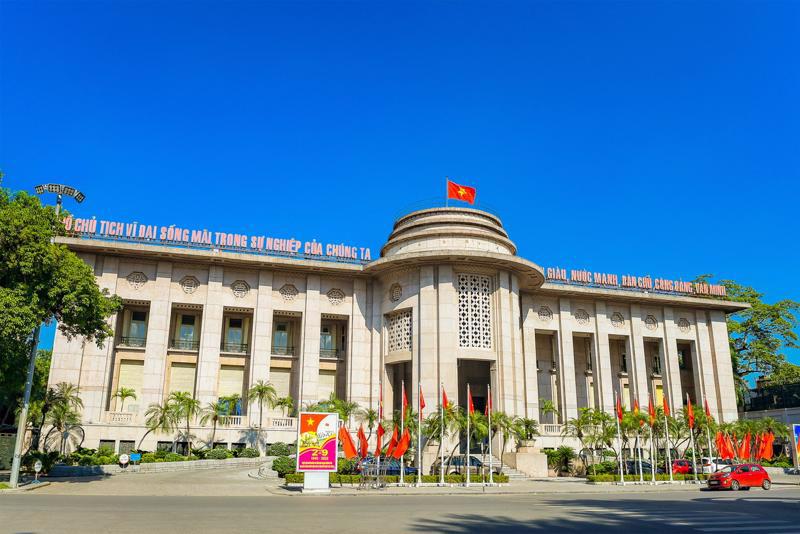According to a press release from the U.S. Department of the Treasury (USDT) on June 20, its semiannual Report to the Congress on Macroeconomic and Foreign Exchange Policies of Major Trading Partners of the United States concludes that no major U.S. trading partner, including Vietnam, manipulated the rate of exchange between its currency and the U.S. dollar for purposes of preventing effective balance of payments adjustments or gaining unfair competitive advantage in international trade during the four quarters through December 2023.
The USDT report reviewed and assessed the policies of major US trading partners, comprising about 78% of US foreign trade in goods and services.
Relating to Vietnam, despite significant depreciation pressure on the VND later in the year that largely reflected US and global macroeconomic developments, Treasury assesses that Vietnam engaged in moderate net purchases of foreign exchange in early 2023 to reaccumulate some of the more than billion reserves sold in 2022, according to the report.
According to the latest available public data, foreign exchange reserves stood at $88 billion as of November 2023. Reserves remain below the lower range the IMF considers adequate based on its reserve adequacy metric for fixed exchange rate regimes, but broadly adequate if assessed on the basis of the IMF’s reserve adequacy metric for floating exchange rate regimes, the report says.
Treasury and the State Bank of Vietnam (SBV) reached agreement in July 2021 to address Treasury’s concerns about Vietnam’s currency practices. The SBV has publicly emphasized its commitment to modernizing and enhancing the transparency of Vietnam’s monetary policy and exchange rate management framework, without using exchange rate policy to gain an unfair competitive advantage, according to the report.
Treasury remains satisfied with the progress made by Vietnam and will continue to engage closely with the SBV on currency issues, the report states.
In this report, USDT has reviewed the 20 largest US trading partners against the thresholds Treasury has established for the three criteria in the 2015 Act: A significant bilateral trade surplus with the US is a goods and services trade surplus that is at least $15 billion; A material current account surplus is one that is at least 3% of GDP; and Persistent, one-sided intervention occurs, when net purchases of foreign currency are conducted repeatedly, in at least 8 out of 12 months and these net purchases total at least 2% of an economy’s GDP over a 12-month period.
USDT finds that no major trading partner met all three criteria under the 2015 Act during the four quarters ending December 2023, such that no major trading partner requires enhanced analysis.
However, some countries, including Vietnam, remained in this report’s monitoring list, as the countries meet the criteria for having a significant bilateral surplus and a material current account surplus.









 Google translate
Google translate